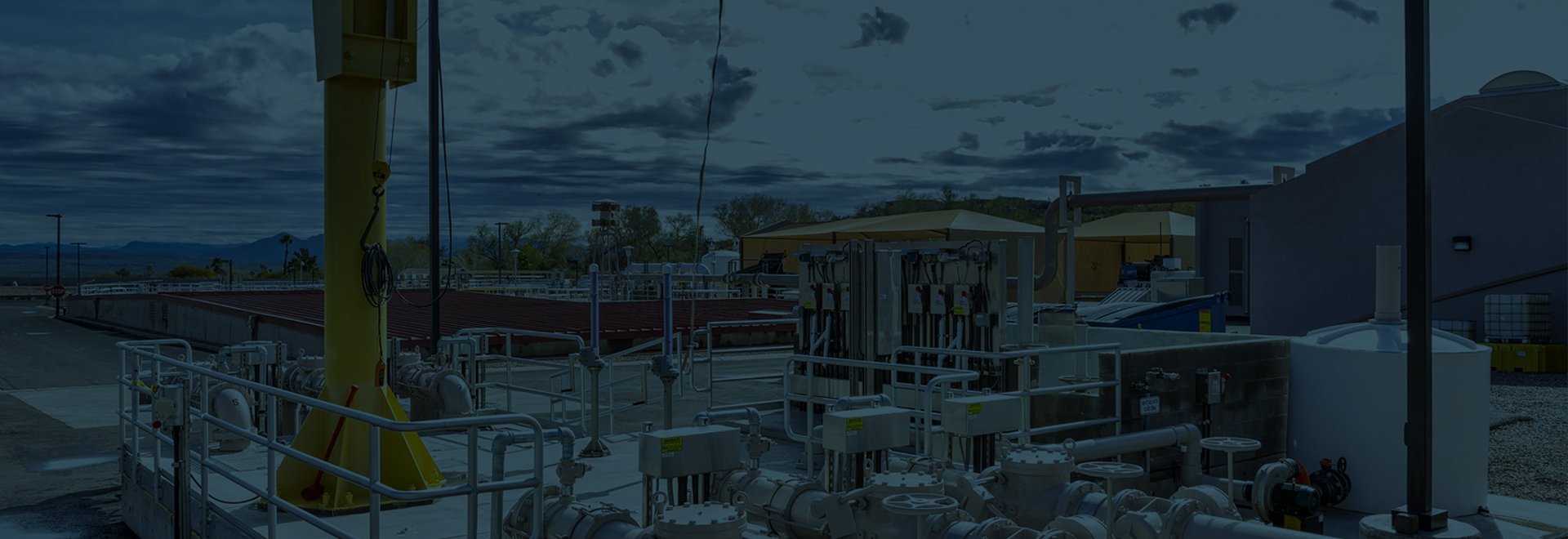
Success Story: The City of Woodbury, Minnesota
The Unexpected Value Found in Preventative Maintenance
ABOUT WOODBURY, MN
Woodbury is an active, suburban city in Washington County, Minnesota, United States, eight miles east of Saint Paul along Interstate 94. The population was about 75,000 at the 2020 census, making it Minnesota's eighth most populous city. They are a groundwater community with 20 wells serving their residents in the midst of a large set of capital projects to pipe their raw water to a new state-of-the-art treatment plant.
“The ops budget and asset downtime have both improved due to more consistent maintenance and proof of work. Unplanned maintenance has also dropped significantly since implementing OpWorks.”
Following the 2018 settlement with 3M and the State of Minnesota that resulted in the distribution of $850 million across the parts of the state affected by contaminated groundwater, Woodbury took immediate action to develop both a short and long-term plan to deliver the highest-quality water possible to the community. This plan involved building a temporary water treatment plant to meet water quality standards and guidelines for per- and polyfluoroalkyl substances (PFAS) using granular activated carbon (GAC). The construction of this temporary plant propelled the staff to think about other improvements they could make along the way to help them manage all of their vertical assets. The community had already invested in GIS and some asset management for their horizontal (distribution and collection) assets but for the plants, they decided that it was time to try to get away from pencil and paper and move towards more automated solutions to manage their assets and data. They didn’t feel that their GIS or existing asset management software was suitable for their “inside-the-fence” assets.
AT A GLANCE
The city knew that there had to be more advanced solutions for managing their daily operational tasks. Their main goals and objectives in improving asset and data management were:
Get off paper and pencil
Reduce rework
Reduce transcription errors and math errors
Focus more on current maintenance and working through the system quickly
Better catch real time issues based on operations’ inputs
PROBLEM ADDRESSED
Since the city was in the process of bringing the temporary treatment plant online, additional changes in operations flowed well. Bi-weekly onboarding coordination meetings and the ability to onboard in phases helped to make the implementation easier. The process of entering historical test and rounds data was also able to be completed quickly and easily.
As with many technological implementations, rollout wasn’t perfect, but once set up and running, the operators found the app to be easy to use. They appreciated not having to have 17 windows open to get their work done. The staff were able to quickly find what they needed to get their work done with intuitive shortcuts and navigation.
Now, with over 200 preventative maintenance items scheduled to be completed throughout the year, the staff leverages Waterly Assets to manage routine work orders and maintenance more effectively, enabling them to budget more accurately as well. Their asset downtime has also dropped. The combination of the reduction in unplanned maintenance and asset downtime resulted in less day-to-day on-the-job stress for staff.
SOLUTION USED
Woodbury evaluated software options, including Waterly Assets (formerly known as OpWorks.) They chose Waterly Assets for three main reasons:
The personalized onboarding experience offered enabled them to learn how to do asset management while they got started using it.
The customizations available with Waterly Assets allowed the software to be configured to their preferences.
An incremental approach to adding onto asset management over time as opposed to trying to do everything at once made it easier for staff to adapt to paperless.
The PM schedule in Waterly Assets.
OUTCOMES
Daily tasks are completed more smoothly and with fewer mistakes. The dashboard gives operators a simple view of proactive and reactive work orders as well as service requests. Daily to-dos for each user.
The organization and digitization of the data has helped daily operations to also be more organized and efficient. It has allowed the city to make better use of their data to make more informed decisions and complete their monthly reporting faster.
Their previous maintenance system left them feeling ineffective. They currently experience net less total maintenance with preventative measures delivering the results of increased reliability across their whole system.
HOW MUCH DOES IT COST?
Waterly’s cost is based on the size and complexity of the system. For a town of Woodbury’s size, the cost would be approximately $9000/year plus a one-time onboarding fee.







